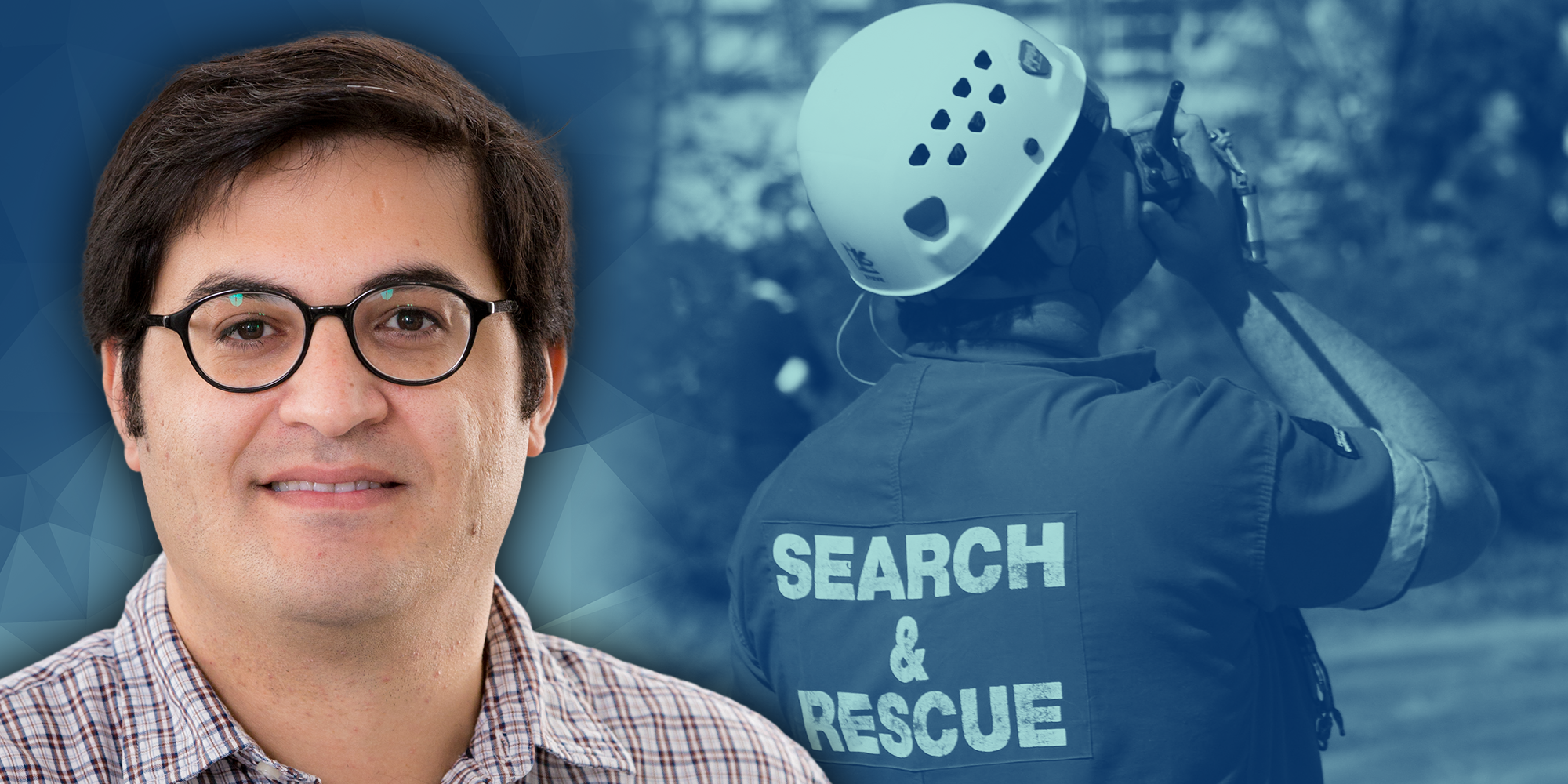When disasters occur, conducting a rapid damage assessment (RDA) is crucial for making time-sensitive decisions. The RDA plays a vital role in providing local governments with essential information to respond adequately to life-threatening situations. This includes tasks such as directing first responders, analyzing potential hazards to critical infrastructure, determining the need for additional resources, and assisting with local resource allocations. These assessments rely on reports from citizens and local authorities, windshield surveys, and fly-over operations.
Using a grant from the National Science Foundation (NSF), Mostafa Reisi Gahrooei, Ph.D., an assistant professor in the Department of Industrial & Systems Engineering (ISE), will work to design a systematic data collection method that estimates the level of damages based on current information and adaptively guides data collectors to locations where the damage-level estimates are highly uncertain. This method will allow data agents to collect reliable data under severe time and resource constraints.
“Extreme events often create unexpected situations that cannot be predicted beforehand,” Dr. Reisi Gahrooei said. “For example, while there are excellent predictions about how a hurricane may hit an area, the impact, level of damage and location of damage for that hurricane is very difficult to predict.”
The proposed method first constructs a pre-disaster preliminary probabilistic model of physical damage levels for different structures. This model uses domain and expert knowledge of a region to preliminarily estimate how the region may be impacted by an extreme event before it happens.
“Such a model estimates what the damage would look like in a region based on our knowledge of building distributions, type of buildings and built environment, land use, etc.,” Dr. Reisi Gahrooei said. “However, this is only a baseline as the actual impact of an extreme event depends on many factors related to the event itself.”
The model will determine initial trajectories for multiple data collectors to maximize information gain in the shortest possible time.
“For example, we may have a few drones flying over to collect data regarding the level of damage and a few humans who are driving around to collect data.” Dr. Reisi Gahrooei said.
This data collection system will use a novel hierarchical Bayesian framework, which allows for continual updating of beliefs about the level of damage caused by an extreme event, based on new observations.
“As we collect data from a zone, or multiple zones, we continuously update our belief about the damage levels in the entire impacted region through the Bayesian framework,” Dr. Reisi Gahrooei said. “This continuous belief updating will allow us to identify what zones should be visited next.”
The outcomes of this project will set the stage for the development of automated damage assessment systems that will result in more efficient and successful emergency management operations.
Brady Budke
Marketing and Communications Specialist
Herbert Wertheim College of Engineering
